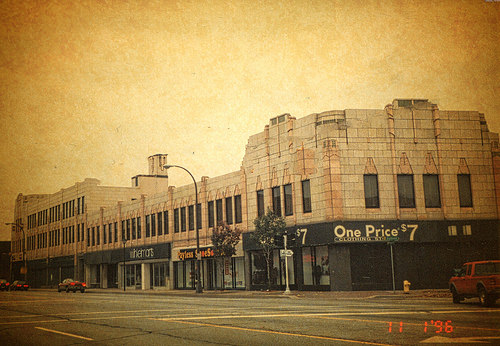If you are looking to establish or maintain a reputable and profitable practice you will sometimes find it hard to balance being both a dentist and a businessman.
Regardless of where you put most of your attention, you need to understand the importance of effective marketing.
Much has been said in the last few years about the increasing importance of digital marketing and the changes in both technology and clients, as Gen Y becomes the largest demographic of consumers in the world.
Many businesses however still focus heavily on print related marketing – they hand out physical business cards every chance they get and are committed to using direct mail as part of their marketing strategy.
So one pressing question is; is direct mail still effective?
And the answer is a resounding YES!
This is for a couple of reasons. First, for local businesses such as dental clinics, a large part of the marketing is based on building a personal connection and a printed letter or handwritten message will always feel more familiar than an email or text.
Second, the Internet can be incredibly competitive, and as more and more businesses are focusing their efforts on Internet marketing, the potential for you to have some success with direct mail increases.
So how can you make sure you direct mail is effective?
We’ll cover this in more detail in a future post, but for now here are a few points to keep in mind.
Integrate your online and offline efforts. Your mail should include a call to action and a link to your website, as well as a contact email and Facebook details for your practice.
Provide offers. If you offer coupons or discounts for whitenings and check ups then prospective clients are far more likely to open the mail. Something as similar as a 25% discount for an initial consultation could give you huge value in the long run if it brings you a long term client.
Make it easy to read. People are used to reading differently in the Internet age – their attention spans are a lot shorter. So don’t include a mountain of text in your letters, just make sure it is simple, spaced out, and anything important is bolded.
Track the mail. Don’t just send everyone the same mail; existing customers and prospective customers should receive different messages. Customize the letters as much as possible depending on whom the client is that you are sending it to.
With a little focus, direct mail can bring your practice a lot of value. Experiment with different offers and formats today and see how effective they are at generating leads in your area.










